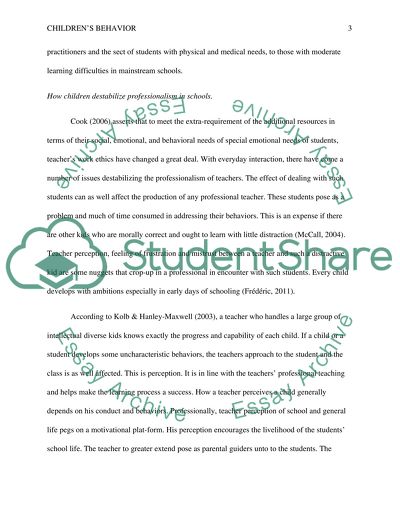Cite this document
(“Understanding Children's Behavior Essay Example | Topics and Well Written Essays - 3250 words”, n.d.)
Retrieved from https://studentshare.org/education/1452855-with-reference-to-conceptual-frameworks-for
Retrieved from https://studentshare.org/education/1452855-with-reference-to-conceptual-frameworks-for
(Understanding Children'S Behavior Essay Example | Topics and Well Written Essays - 3250 Words)
https://studentshare.org/education/1452855-with-reference-to-conceptual-frameworks-for.
https://studentshare.org/education/1452855-with-reference-to-conceptual-frameworks-for.
“Understanding Children'S Behavior Essay Example | Topics and Well Written Essays - 3250 Words”, n.d. https://studentshare.org/education/1452855-with-reference-to-conceptual-frameworks-for.


